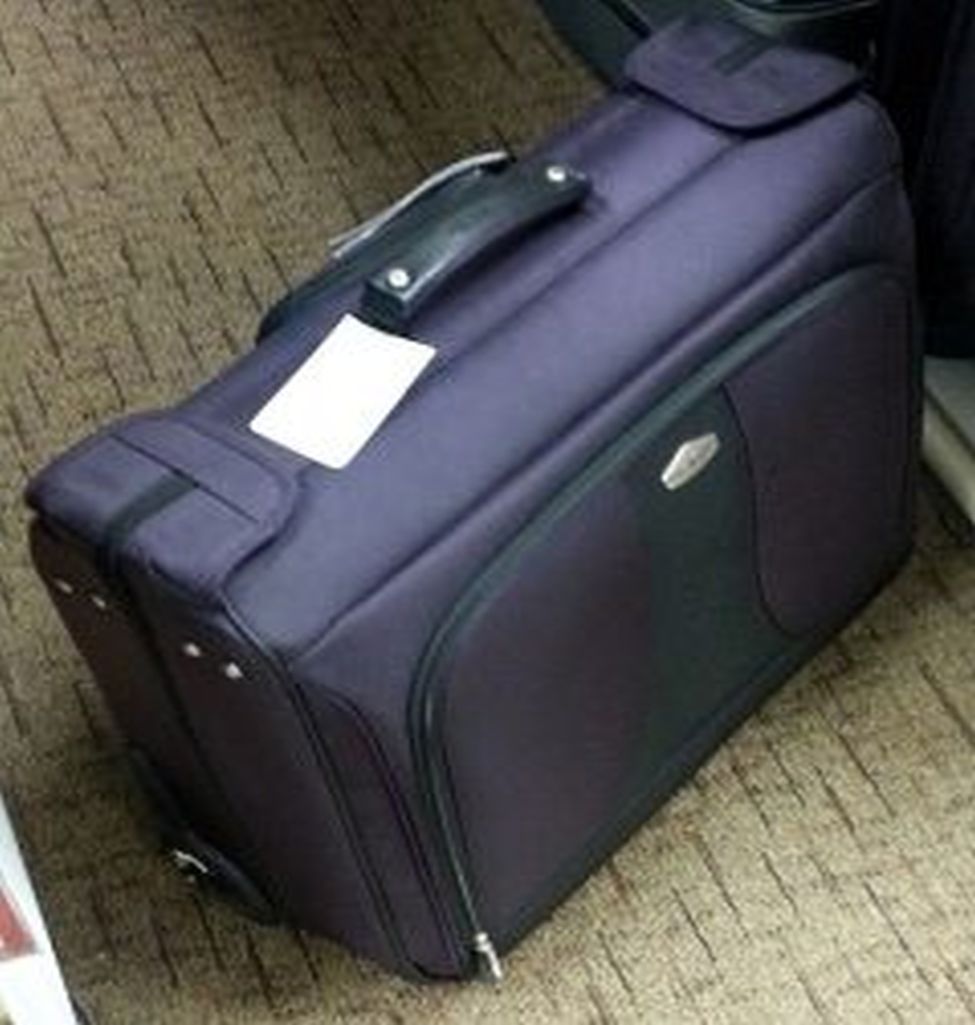For those of us who live in central New York cold weather is nothing new. However, for many people trying to figure out ways to save money on heating bills is usually a major chore. If the temperature stayed around 32° most of the winter it might not be so bad. But how are we supposed to save money when temperatures drop below zero, which they did last night?
We’re here to help. These ideas might not all be inexpensive to implement, but if you can get them done you’ll save a lot of money for the rest of winter and for years to come. Here we go:
1. Buy a kerosene heater. It turns out kerosene heaters aren’t close to being as dangerous as people think they are. A good one might cost around $150 but you could find yourself saving as much as 35% on your monthly winter bills, depending on how cold it gets and the area you have to heat.
If you don’t have to keep every room in your house heated throughout the day a kerosene heater could keep a large area of your home comfortable, and on a full tank it can usually run for up to 10 hours. However, what you’ll find is that you’ll probably only need to run it at max about 90 minutes, which might even be too hot, so you’ll be able to stretch your dollars even further.
Kerosene can run anywhere from $2- $4 depending on where you live, but if you’re not running it for 10 hours straight all the time you might be able to get through almost 2 days before you have to add more.
2. Buy a humidifier. Most people buy humidifiers to help breathe better inside because winter weather seems to dry the air in your house. Turns out that it’s a great conductor for heat, thus it can make you feel warmer.
However, here’s an interesting tip. Turns out if you get a kerosene heater with a flat top you can put a pot on top of it and it’ll act like a humidifier and help heat your rooms faster. However, if you live in an area with hard water you could have a film of calcium getting on your walls, so you might want to also buy some distilled water to help take care of that issue.
3. Insulate! It turns out that most homes don’t come close to having enough insulation to stay energy efficient. Adding insulation to areas such as walls and attics could help you save a lot of money both for winter and summer because it keeps outside temperatures outside better and helps both your heater and air conditioning work better, if you need to run them at all. This option isn’t inexpensive though, as it can cost anywhere from $1,000 to $10,000 depending on the size of your house. However, in some states you can finance it through your power company or potentially qualify for special programs that help even middle class families with tax breaks, and it’ll protect your home for years.
However, there are some small things you might be able to do that can help. Try to cover up spaces under and over doors. Make sure your windows are sealed well. Putting up plastic on some windows can help with drafts but if you have windows that you’re not worried about having to look outside of you can add towels or blankets to help insulate them better. Finally, don’t forget to change from screens to storm windows if you have them, both on your regular windows and your screen doors. These are inexpensive little things that could end up saving you a lot of money while keeping you warm.
4. Check your vents and registers. Are you sure you’re getting all the air you should coming into your rooms without some of it scattering in other areas of your house that don’t need the heat? If you’re not feeling strong pushes of air coming from your vents it wouldn’t hurt to pay to have someone come over to check your vent system and also clean it out so you don’t have to deal with dust and other nasty stuff getting into your air.
Luckily, this doesn’t cost as much as insulation. There are many companies that charge less than $100 for this service, but you should shop around because you might find someone who might charge a little bit more to check your furnace, filters and even your hot water heater to make sure everything working efficiently.

